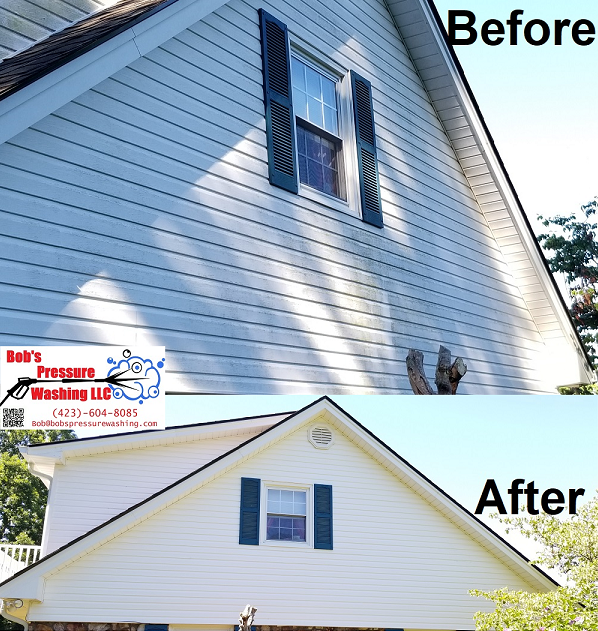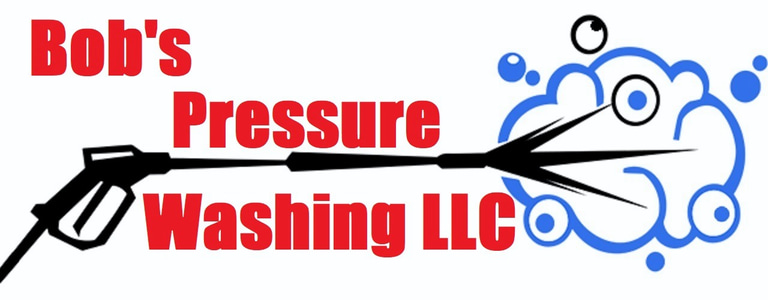Mildew Be Gone! Pressure Washing vs. Traditional Cleaning: Which Wins?
When it comes to removing mildew, pressure washing outshines traditional cleaning methods. With its high-powered stream, pressure washing quickly tackles stubborn mildew, mold, and grime, providing a deeper clean without the harsh scrubbing. Save time and effort while achieving superior results!
EXTERIOR CLEANING SERVICE PROCESSESBASIC HOME MAINTENANCECURB APPEALPRESSURE WASHING SERVICES


Understanding Traditional Cleaning Methods
Traditional cleaning methods for mildew removal have been a staple in households for decades, relying on manual labor and common household products. One of the most prevalent approaches involves scrubbing affected surfaces with solutions that contain bleach. This method can be effective due to the strong properties of bleach, which not only kills mildew spores but also brightens stained areas. However, the harsh nature of bleach poses risks, including potential damage to surfaces and harmful fumes that can irritate the respiratory system. Therefore, proper ventilation and protective gear are essential during the cleaning process.
Another popular traditional cleaning method is the use of vinegar, a natural alternative that boasts antifungal properties. When applied to mildew-affected areas, vinegar can effectively kill mildew spores and inhibit further growth. It is less corrosive than bleach, making it suitable for a wider range of surfaces, from bathroom tiles to wooden furniture. Despite its effectiveness, vinegar requires a longer contact time to work effectively, which means that patience is crucial when using this method. Additionally, the strong odor of vinegar may be off-putting for some during the cleaning process.
Commercial mildew removers are another option, formulated specifically to tackle mildew and mold. These products often contain a mix of potent chemicals designed to penetrate and eliminate mildew at the root. While they can provide quick and effective results, concerns arise regarding the safety of the chemicals used, both for the environment and the health of the inhabitants. Moreover, the application of these commercial cleaners typically necessitates strict adherence to instructions to avoid accidents or ineffective results.
Ultimately, traditional cleaning methods are grounded in hard work and persistence. They require a hands-on approach, ensuring that thorough scrubbing and application are conducted to achieve desired outcomes. While effective in certain scenarios, understanding the strengths and weaknesses of each method is vital for optimal mildew removal.
The Rise of Pressure Washing as a Cleaning Solution
Pressure washing has emerged as a highly effective cleaning solution for various surfaces, particularly when it comes to removing mildew. This modern technique utilizes high-pressure water spray to dislodge dirt, grime, and growths such as mildew more efficiently than traditional cleaning methods. The process operates by driving a concentrated stream of water at high velocity, which not only cleans surfaces but also disinfects them, rendering them free from harmful pathogens.
One of the significant advantages of pressure washing is its speed. Unlike conventional cleaning methods that may require considerable time and effort, pressure washing can significantly reduce the overall time spent on cleaning tasks. This efficiency is particularly advantageous for large areas such as driveways, decks, and siding, where manual scrubbing would be both labor-intensive and time-consuming. The ability to quickly restore surfaces back to their original state has made pressure washing a preferred choice for both residential and commercial properties.
Additionally, pressure washing is versatile and can be employed on various surfaces, including concrete, wood, brick, and vinyl. This adaptability ensures that homeowners and property managers can tackle a multitude of cleaning challenges with a single solution. Moreover, pressure washing can access difficult-to-reach areas, such as the nooks and crannies of intricate architectural designs, ensuring comprehensive cleaning.
However, while pressure washing is effective, it is essential to consider safety and maintenance aspects associated with its use. Improper handling of pressure washing equipment can lead to injuries or damage to surfaces if not conducted correctly. Hence, it is recommended to consult professionals, especially for delicate surfaces or complex projects. Understanding these variables can help users make informed decisions about incorporating pressure washing into their cleaning regimen.
Comparative Analysis: Pressure Washing vs. Traditional Cleaning
When assessing the most effective method for mildew removal, it is essential to compare pressure washing with traditional cleaning techniques. Each approach has its own set of advantages and limitations that can significantly influence the outcome based on the specific context in which they are employed.
Time efficiency is a pivotal consideration when choosing between these methods. Pressure washing is often quicker, especially for larger surfaces like driveways, decks, or exterior walls. This method utilizes high-pressure water streams that can penetrate and lift mildew and other debris swiftly. In contrast, traditional cleaning typically involves manual scrubbing with brushes, detergents, and soaking, which can be labor-intensive and time-consuming. In scenarios where time is of the essence, pressure washing may prove to be the superior choice.
From a cost perspective, traditional cleaning methods might initially seem less expensive due to the lower upfront costs of basic supplies. However, the labor intensity and additional time required can lead to higher overall expenses. Conversely, while pressure washing equipment rental or hiring a professional service may represent a higher initial investment, the efficiency and longevity of results can render it more cost-effective in the long run.
Effectiveness is another critical factor. Pressure washing excels in removing mildew, particularly in hard-to-reach areas or stubborn stains, thanks to its powerful nozzle and high-pressure water jets. In environments with significant mildew growth, this method often yields faster and more thorough results than traditional scrubbing, which might not completely eradicate the underlying spores.
Finally, the safety of each method cannot be overlooked. While pressure washing is generally safe when handled properly, it can pose risks such as slips and injuries from high-pressure streams. Traditional cleaning, while less hazardous in terms of equipment, still requires safe handling of chemicals and vigorous physical activity.
Making the Right Choice: Factors to Consider
When faced with the challenge of maintaining exterior surfaces, particularly in the presence of mildew, individuals often grapple with the decision of choosing between pressure washing and traditional cleaning methods. Several critical factors must be evaluated to make an informed choice that best suits personal circumstances.
Firstly, consider the extent of mildew damage. If mildew has permeated surfaces significantly, pressure washing may be the more effective option, delivering a thorough cleanse that often cannot be achieved through traditional means. However, if the mildew presence is minimal, traditional cleaning methods, such as scrubbing with appropriate detergents, might suffice, proving to be both effective and cost-efficient.
Access to tools is another essential factor. Pressure washing requires specialized equipment, which may not be readily available for everyone. For individuals familiar with DIY tasks, acquiring or renting a pressure washer may be an option worth exploring. Conversely, traditional cleaning can often be performed with common household items, making it more accessible for those who prefer simple, readily available solutions.
Budget constraints also play an integral role in the decision-making process. Pressure washing typically involves higher initial costs due to equipment purchase or rental fees and potentially increased utility or fuel expenses. Traditional cleaning methods, on the other hand, require less investment, making them a viable choice for those on tighter budgets.
Lastly, environmental concerns must be acknowledged. Pressure washing can consume a significant amount of water and may introduce cleaning chemicals into the environment, depending on the products used. Traditional methods may allow for greater control over water usage and eco-friendliness through the selection of biodegradable cleaning agents.
By carefully evaluating the extent of mildew damage, available tools, personal comfort with DIY tasks, budget considerations, and environmental implications, individuals can make informed decisions. Understanding these factors will ultimately guide the selection of the most suitable cleaning method for their specific needs.
